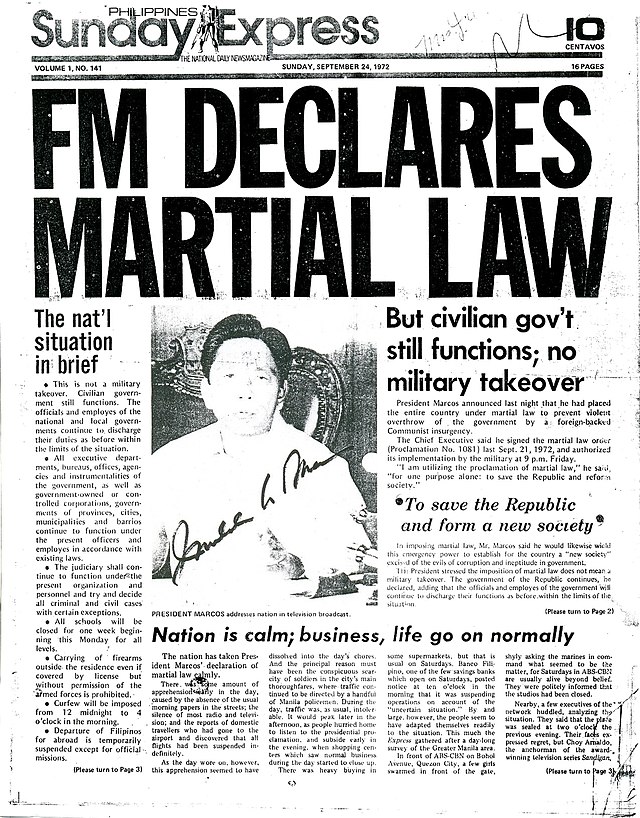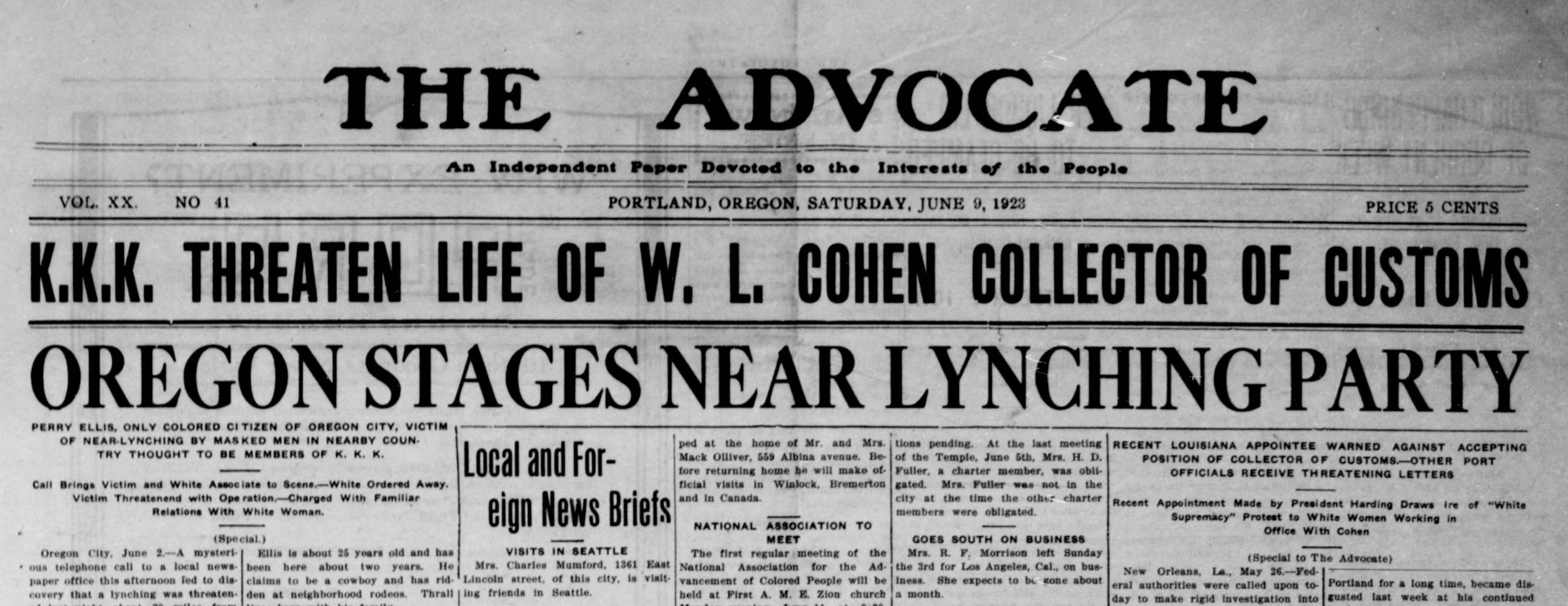10 Easy Facts About News Articles Explained
10 Easy Facts About News Articles Explained
Blog Article
The Ultimate Guide To News Articles
Table of ContentsThe Best Guide To News ArticlesThe Basic Principles Of News Articles The Ultimate Guide To News ArticlesNews Articles for BeginnersSome Known Facts About News Articles.
Good understanding of different subjects gives trainees a competitive edge over their peers. Even though digital and social networks are easily obtainable, we need to not fail to remember how vital it is to read the papers. Moms and dads need to attempt and instill the habit of reviewing a newspaper as an everyday routine to continue the legacy of the adored print medium.News stories additionally include a minimum of one of the complying with essential attributes about the intended target market: proximity, prestige, timeliness, human rate of interest, anomaly, or repercussion. The associated term journalese is often made use of, typically pejoratively, to refer to news-style writing. An additional is headlinese. Papers normally adhere to an expository writing style.
Within these limits, information tales likewise aim to be thorough. Nonetheless, other elements are involved, some stylistic and some stemmed from the media form. Amongst the larger and much more respected papers, justness and balance is a major consider offering info. Commentary is typically confined to a separate section, though each paper might have a various general angle.
Papers with a worldwide target market, for example, have a tendency to use a much more official style of creating. News Articles.; usual style guides consist of the and the US News Design Publication.
News Articles for Beginners
Generally, journalists will certainly not make use of a lengthy word when a short one will certainly do. They utilize subject-verb-object building and construction and brilliant, active prose (see Grammar). They supply narratives, instances and metaphors, and they seldom depend on generalizations or abstract ideas. Information authors attempt to stay clear of utilizing the same word a lot more than when in a paragraph (occasionally called an "echo" or "word mirror").
Headlines in some cases omit the topic (e.g., "Jumps From Watercraft, Catches in Wheel") or verb (e.g., "Cat female lucky"). A subhead (also subhed, sub-headline, subheading, caption, deck or dek) can be either a subservient title under the primary heading, or the heading of a subsection of the short article. It is a heading that comes before the main message, or a team of paragraphs of the primary message.

Additional billboards of any of these kinds might show up later on in the article (especially on succeeding web pages) to tempt additional reading. Such billboards are likewise utilized as tips to the post in various other areas of the publication or website, or as advertisements for the item in other publication or websites. Normal structure with title, lead paragraph (summary in vibrant), other paragraphs (details) and get in touch with info.

Instance of a hard-lead paragraph NASA is recommending one more room task. The budget here are the findings plan requests roughly $10 billion for the job.
An "off-lead" is the 2nd most essential front page news of the day. To "bury the lead" is to begin the short article with history details or information of second significance to the viewers, requiring them to read even more deeply right into a write-up than they ought to have to in order to find the vital factors.
News Articles - Truths
Usual use is that a person or more sentences each form their own paragraph. Journalists typically explain the company or structure of a newspaper article as an upside down pyramid. The essential and most interesting aspects of a story are placed at the start, with sustaining info adhering to in order of diminishing importance.
It permits people to discover a subject to only the deepness that their curiosity takes them, and without the imposition of details or subtleties that they might think about unnecessary, but still making that information readily available to extra interested visitors. The inverted pyramid framework additionally allows articles to be cut to any kind of arbitrary size throughout layout, to fit in the room offered.
Some writers start their tales with the "1-2-3 lead", yet there are numerous kinds of lead readily available. A kicker can refer to multiple things: The last story in the information program; a "delighted" tale to finish the program.
Longer posts, such as publication cover posts and the pieces that lead the within sections of a newspaper, are known as. Attribute stories vary from straight information in several ways. Foremost is the lack of a straight-news lead, a lot of the moment. As opposed to using the significance of a tale up front, feature writers might try to entice visitors in.
The 25-Second Trick For News Articles
The journalist usually details interactions with interview topics, straight from the source making the piece a lot more personal. An attribute's first paragraphs usually associate a fascinating moment or occasion, as in an "unscientific lead". From the details of a person or episode, its view quickly widens to generalizations concerning the story's subject. The section that signals what an attribute is around is called the or billboard.

The Editor's Tool kit: A Recommendation Overview for Beginners and Professionals (2001) Allan M. Siegal and William G. Connolly. The New York Times Guidebook of Style and Use: The Authorities Style Overview Used by the Writers and Editors of the World's Most Authoritative Newspaper (2002) M. L. check out this site Stein, Susan Paterno, and R.
Report this page